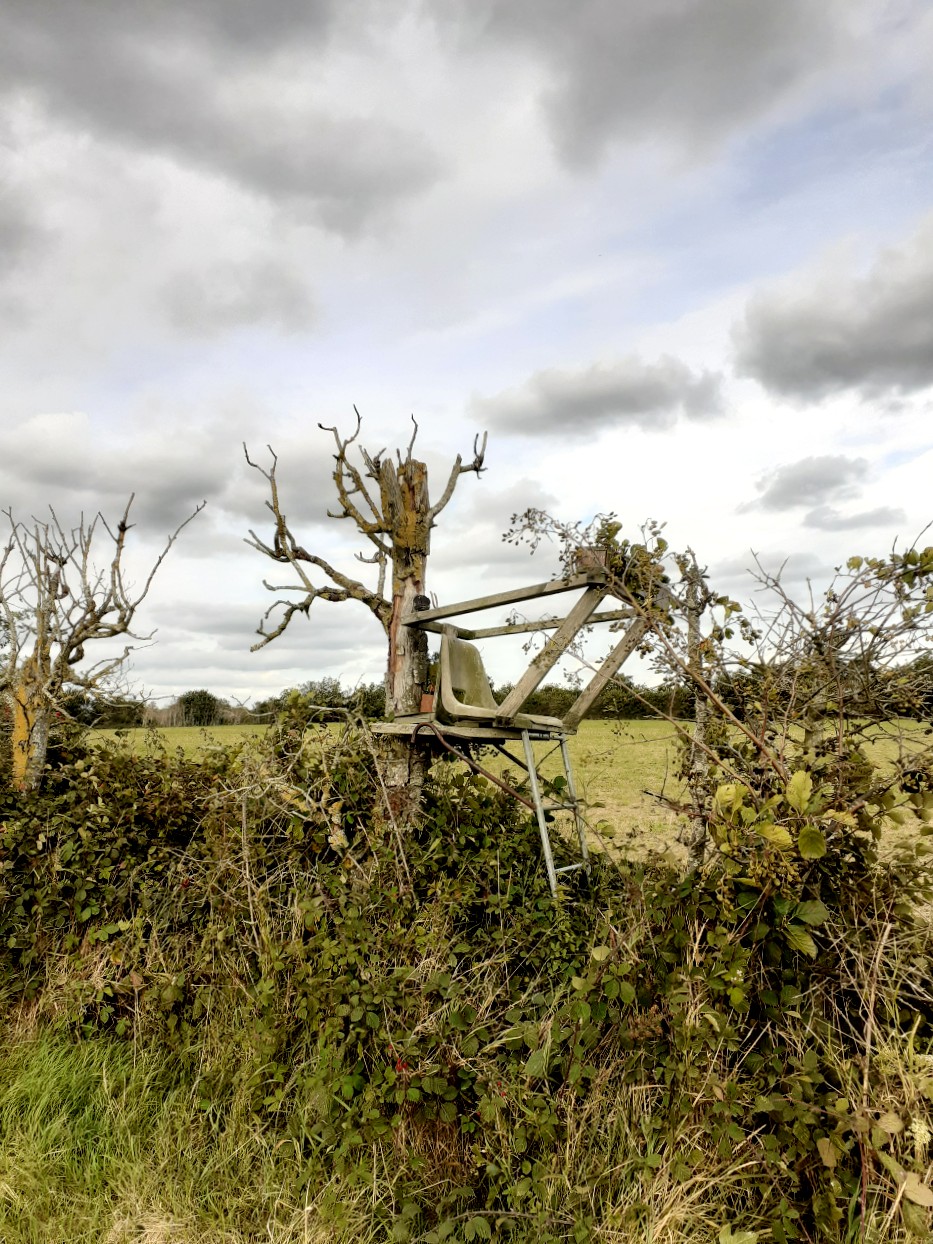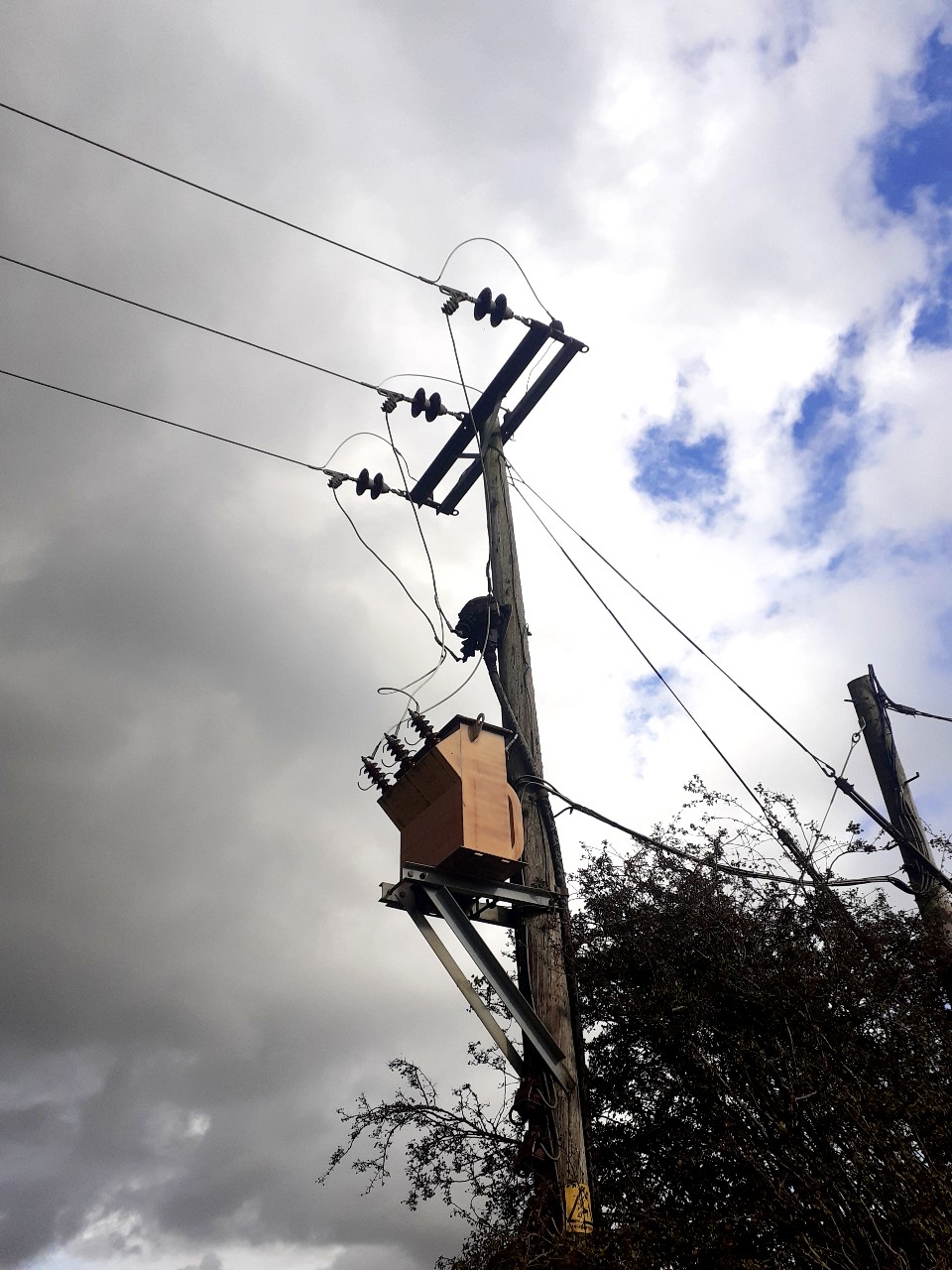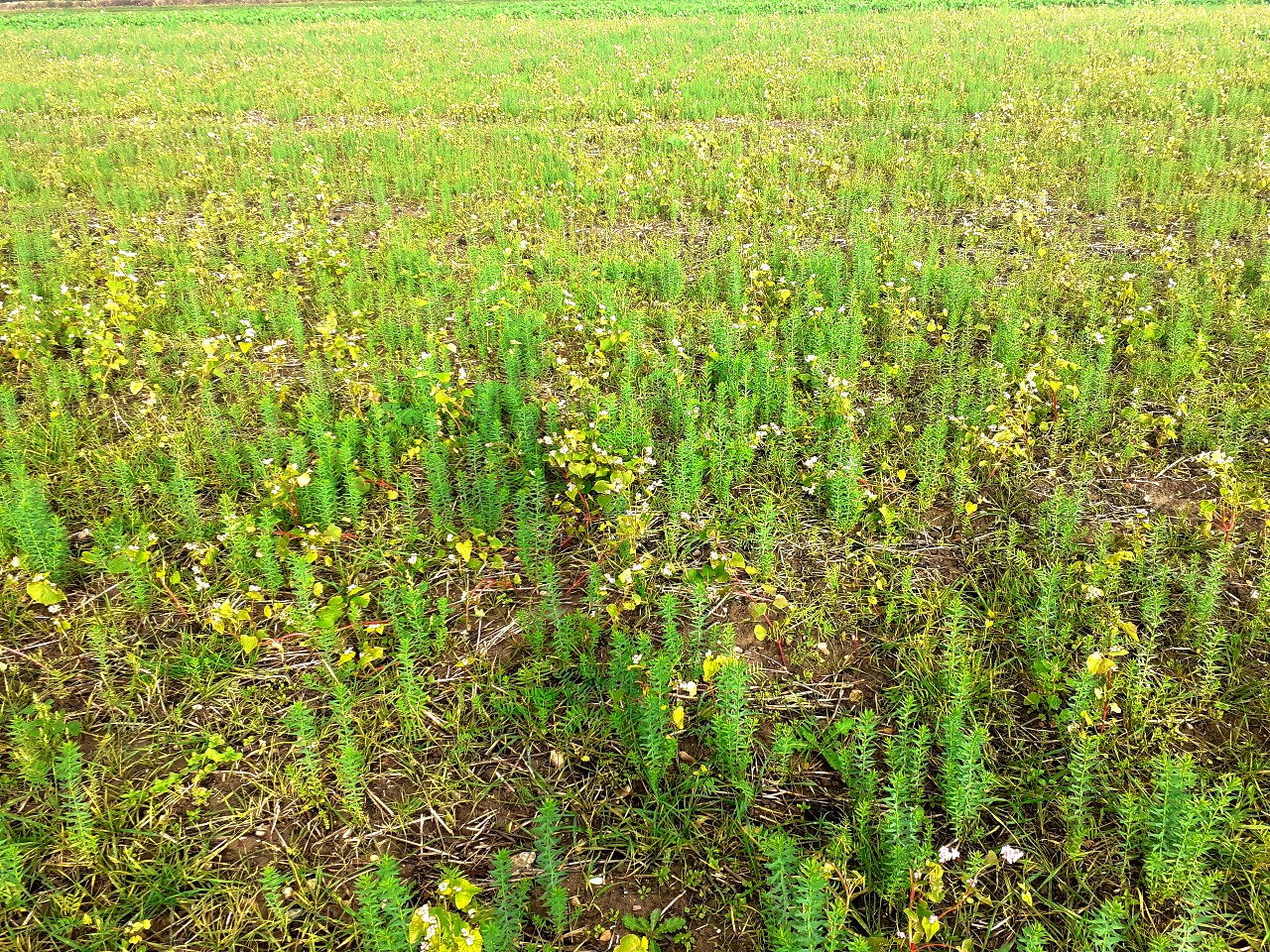I keep imagining urban worlds based on natural forms. Patterns made by plants, mostly.
The blueprints set by water lilies; flat, floating cities. Clusters of seeds suggesting hanging towns, each suspended by vertical highways. Rounded leaves and narrow reeds; different structures to grow and live by. Vast oaks; impossible networks of knotty life with their acorn domes.
The other day I walked across the farms after what felt like weeks of heavy rain. Grey floods had appeared at the edges of fields. Wild grass and high weeds could be seen piercing through the surface of these temporary lakes. I thought of each protrusion as a settlement, inhabited, but reachable only by tiny boat.
In some places these settlements were bunched up, almost touching. Others had space between them, though all space is merely a matter of scale. If you allow yourself to become small enough, everything turns miraculous. All insects become terrifying. Anything moving in the sky, under the ground, or through the water presents a sublime threat to life.
At the edge of another field is a high chair, tangled up in the hedgerow. I have no idea of its purpose. Surely it has none now. You could easily miss it; the ashen, hoary tones, the wood-like roughness.
I think of it as a throne, a viewing platform, a seat for a king with long, muddy hair hanging down. You could put a deranged king there and tell him to watch the crops, convince him he was important, keep him occupied with turnips and carrots and the turning over of seasons and soil. You could tell him he could never climb down, that he was too sacred, the mortal ground too dangerous. Let him rot up there in his temporary tree. Let the birds and the wind dispose of him. Let the flatlands and the winter carry off anyone who might remember who he once was.
Elsewhere, there is a box for electricity. Electricity is a force I've never understood, another invisible miracle, potentially fatal. The box housing this force looks rusted and weathered, like the trees, but functional, not forgotten and thorn-cloaked like the mud king's plastic throne. Somehow, I see the two as being connected, the throne and the electrical box, linked by some story that no one alive can tell.
Sometimes I'll look across a huge field and imagine that each individual crop is its own towering apartment block, housing thousands, each row stretching into the distance to form what might feel like an infinite metropolis if you happened to live in its centre.
There are two tones here, two textures, caused by cultivated crops giving way, suddenly, to fallow ground. Crossing the neat line dividing one from another, you can pretend you're passing through entirely different worlds, especially if you keep your eyes on the earth and don't look up.
A path runs directly through the centre of this field, stubbornly preserved by locals who refuse to walk around the edges of the farm because the maps say you can walk straight through it. Generations of landowners have tried to redirect people along the ditches and hedgerows, dissuade them from treading a profitless scar right down the middle of the harvest, but a path is a path is a path, and roots can go too deep to shift.




